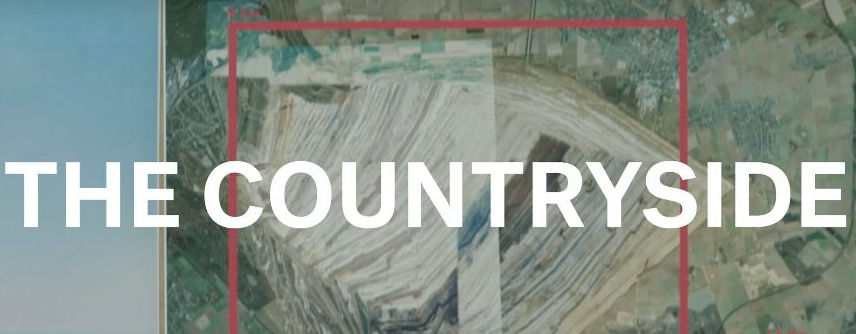
Rem Koolhaas, the architect of Seattle’s unusual Central Library downtown, is just opening a dramatic show at the Guggenheim Museum in New York. This one is called “Countryside, The Future,” and it showcases the 98 percent of the world that is not urban. That’s our Rem, always scrambling expectations, probing new territory.
Here’s how Michael Kimmelman of The New York Times explains the Koolhaas twist:
“A corrective to the focus on growing cities, “Countryside” aims to turn a spotlight on the 98 percent of the planet not yet occupied by cities. Anticipating the obvious criticism, Mr. Koolhaas describes the show as a “pointillist” portrait, a “global sampling” of “the current condition of ‘countryside,’” which he acknowledges seems “a glaringly inadequate term for all the territory that is not urban.”
“By not-urban territory, in other words, Mr. Koolhaas means farms and wilderness and oceans and villages — the Kalahari, the Great Barrier Reef, and the Dakotas — but also dense exurban clusters of high-tech industrial sites and mega-campuses for Amazon fulfillment centers and Tesla giga-factories in places like the high desert outside Reno, Nevada.”
Koolhaas is now 75. His firm spawns many noted architects but still has few buildings in America. Indeed the Seattle Library commission, a big gamble at the time, is said to have rescued the struggling Dutch firm and put Koolhaas’ wry, campy and disruptive aesthetic on the map.
It’s interesting to note that Seattle, not particularly known for its architecture, showcases four famous and influential architects. The Dutchman Koolhaas, a former journalist and compelling writer, has forged a new kind of boldly engineered third-wave, ironic modernism. Robert Venturi, the designer of the Seattle Art Museum’s first phase downtown, is perhaps best known for his books, touting an assemblage of contradictory effects (including garish streetscapes); he’s also an ironist. Steven Holl, who is from this area but now practices in New York, designed the swooping St. Ignatius Chapel at Seattle U. and the too-small Bellevue Arts Museum and is much in demand for museums and libraries with sculptural romance. Lastly, there is Frank Gehry, designer of the Museum of Popular Culture at Seattle Center, a.k.a. Experience Music Project, where client and architect tried (and failed) to forge a partnership.
Not bad for a city that long fended off international architects, protecting its local firms and developers. Missing in all this is anything like a regional style, though Western Washington University is a showcase of local architects and their taste for a Nordic, warmed-up, humanistic modernism. The Big Four may not have done their best work in Seattle, but their global influence fits well with Seattle’s own disruptive aspirations.
The restless, endlessly curious Koolhaas is now looking at the algorithms designing strange new buildings outside cities, escaping from humanism. These structures, he says, evoke the Manhattan of the 1970s with its sense of “calamity and an unfolding experiment.” Maybe that’s the current Seattle spirit, too?
Discover more from Post Alley
Subscribe to get the latest posts sent to your email.

Thanks for this update on one of Seattle’s design celebrities. His built works–like his writing and research theses–are dis-comforting and interventionist. As you note, Koolhaas is and was a writer, with endless curiosity. Maybe that’s the key to his appeal outside the international culture of architecture. He disarmed the Seattle powers of obstruction with modesty, and made up for his natural impatience by working with a local team. This made our downtown library solid and rooted and loved. Maybe that’s the best we could do back in the 1990s.
A reviewer in New York Magazine finds the Koohaas show embarassingly naive and Koolhaas’s discoveries about country life highly predictable. An example: “The fact-finding mission stretched over years and returned with some truly headache-inducing conclusions, such as this gem: “The farmer is like us — a flex worker, operating on a laptop from any possible location.” That statement is 100 percent accurate — so long as you confine the term “farmer” to a handful of degree-laden techno-botanists in the Netherlands and exclude, say, migrant grape pickers, indigenous coca growers in Colombia, or East African goat herders, to name a few agricultural workers who can’t do their jobs from a café table at Starbucks.
https://nymag.com/intelligencer/2020/02/rem-koolhaass-countryside-the-future-at-the-guggenheim.html